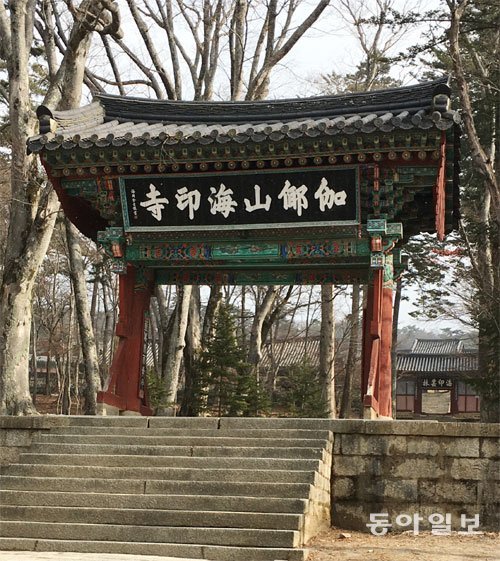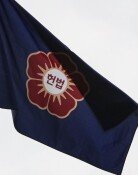Haeinsa was at the center of Korea's independence movements
Haeinsa was at the center of Korea's independence movements
Posted February. 23, 2019 07:52,
Updated February. 23, 2019 07:52

Haeinsa Temple was not an exception from the tidal waves of the March 1st Movement that swept the whole country.
The Japanese Empire kept a close eye on Haeinsa Temple, one of the top three temples in Korea, even before the March 1st Movement occurred. It was a rare case that Japan opened up a police substation with a security telephone line. It even expanded the road between Daegu and the temple. Although it cited the significance of protecting the Tripitaka Koreana as its cause, it is seemed that it aimed at monitoring students in primary and local schools on the premise of the temple. Holding grudge onto pro-Japanese Lee Hoi-gwang, chief Buddhist monk of the temple, some 300 monks and students awaited a chance to reclaim their home country according to Lee Yong-rak’s annals of the March 1st Movement.
Once the movement was initiated on March 1, 1919, students who studied in Seoul delivered the declaration of independence to Haeinsa Temple. Young students such as Kang Jae-ho and Song Bok-man walked around 80 kilometers to reach Daegu to get about 30,000 pieces of karinaki paper and produced 10,000 copies of the declaration secretly.
Meanwhile, 30 student representatives held a secretive meeting a mountain near the temple to discuss a movement plan. They divided into three teams by region with three persons on each team, according to the history of independence movement. Any details were kept confidential with only leaders aware of it.
The rest of the students took to the streets and shouted out for independence from Japan. At the entrance of the temple, Honghwamun Gate, the March 31 protest was staged with around 200 students outside the gate at 11:00 a.m. The protesters grew bigger when citizens joined the students on the roads to the temple at 11:00 p.m. on the day.
Dong-Ki Sung esprit@donga.com
Headline News
- Med professors announce intention to leave hospitals starting Thursday
- Bridge honoring Sgt. Moon Jae-sik unveiled in Pennsylvania
- Chief of Staff Chung tells presidential secretaries to stay away from politics
- US FTC bans noncompete agreements
- N. Korea launches cyberattacks on S. Korea's defense companies







